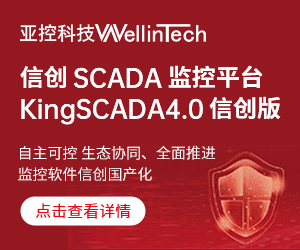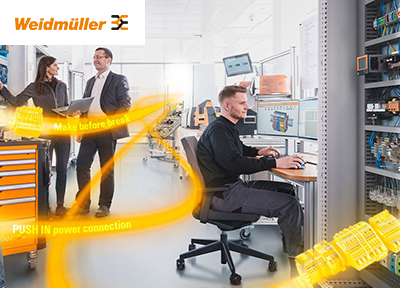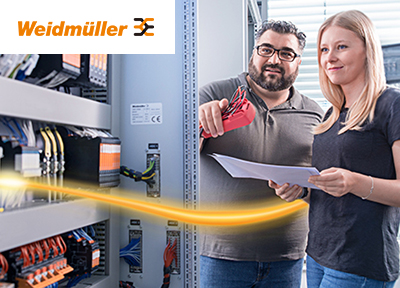Presence Detection Crosses Industry Borders
Advances in sensor technology have been a driving force in factory automation, most would agree. Interfacing the real world and analog/digital input to control processes has never been more applicable to a wider range of automation functions than it is today. Automating discrete manufacturing applications has, arguably, lagged behind process industries. Improvements in discrete sensing, particularly in proximity senor technology, have expanded automation in these industries. According to a recent online survey of control engineers conducted by Control Engineering magazine and the Reed Research GroupCONTROL ENGINEERING China版权所有, proximity sensors have found their way into a wide variety of automated industries. When asked about the primary application for proximity switches in their operationsCONTROL ENGINEERING China版权所有, 36% of those responding cited both continuous and batch processing. Discrete manufacturing accounted for 29% of the applicationsCONTROL ENGINEERING China版权所有, continuous processing only accounted for 16.7%, and utilities for 7.2%. Batch processing only claimed 4.3% of respondents. Other operations came in at 6.5%. Applications abound Applications for proximity sensors are long and varied. Most commonCONTROL ENGINEERING China版权所有, regardless of industry typeCONTROL ENGINEERING China版权所有, were machinery applications. They accounted for 79.7% of the total, more than twice that of liquid fill-level (32.6%), packaging/palletizing (31.2%), solids/powders fill-level (26.1%), and raw materia
 用户中心
用户中心
-
 子站
子站 -
 技术
技术 -
 社区
社区
Presence Detection Crosses Industry Borders
作者:Dick Johnson2005.12.05阅读 7023
版权声明:版权归控制工程网所有,转载请注明出处!
继续阅读
图说工控
更多+
燃情自动化——2017北京国际工业智能及自动化…
2017年05月18日
探秘“数字化工厂”
2016年07月18日
迈向工业4.0——西门子引领数字化企业进程
2016年07月18日
"智·变 赢未来",PHIIDF 2016燃情北京!
2016年06月01日ABB自动化世界2016闪耀武汉 展示“物联网+”领先…
2016年05月24日

 在线会议
在线会议 论坛
论坛 专题
专题 工控直播
工控直播 新闻中心
新闻中心


 2025 (第十四届) 全球自动化和制造主题峰会 ·深圳站
2025 (第十四届) 全球自动化和制造主题峰会 ·深圳站 2025 Raythink燧石红外热像仪有奖试用
2025 Raythink燧石红外热像仪有奖试用.jpg) 立即获取Fluke在线红外热像仪解决方案白皮书
立即获取Fluke在线红外热像仪解决方案白皮书 2025电子及半导体智能制造创新高峰论坛
2025电子及半导体智能制造创新高峰论坛.jpg) 电机与变频驱动故障排除白皮书免费下载
电机与变频驱动故障排除白皮书免费下载


























